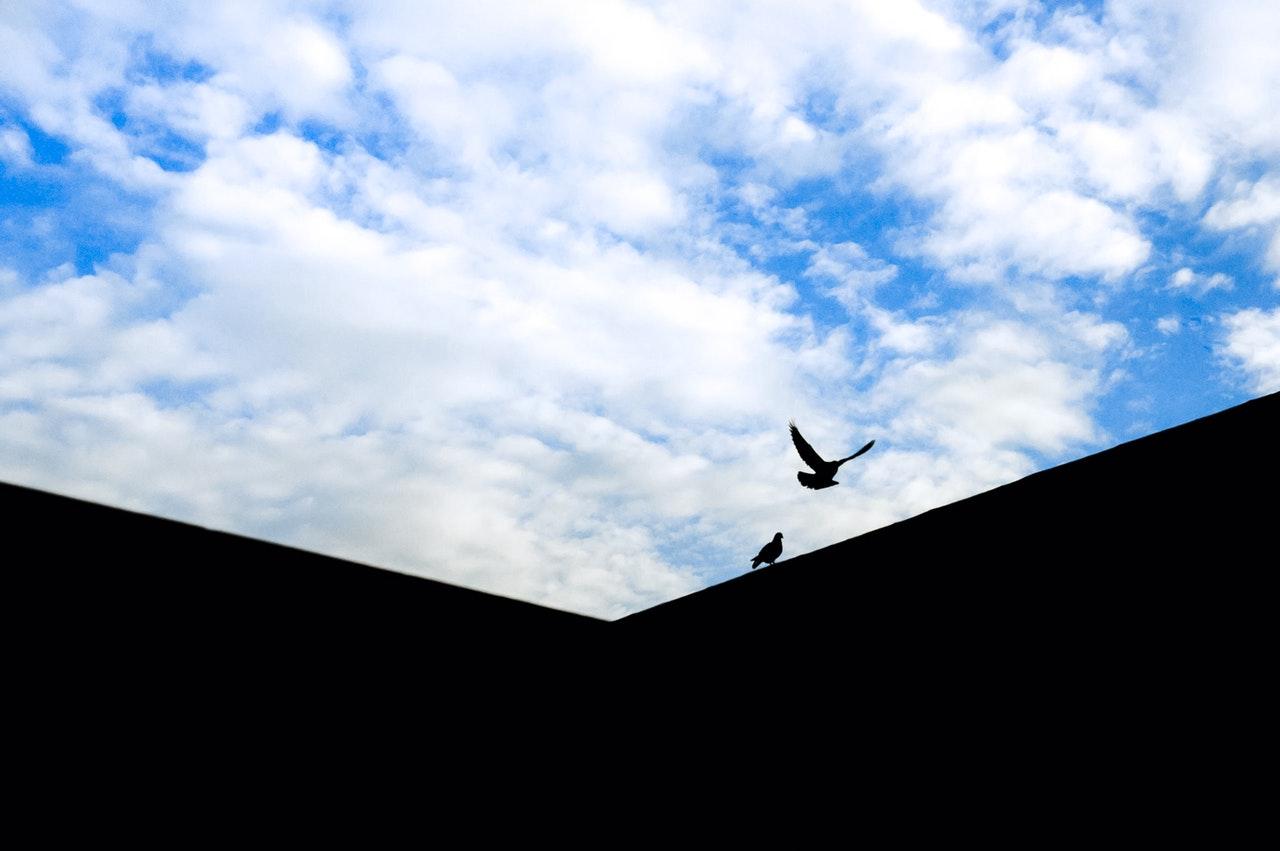Home to roost after 24-year adventure in the skies over New Zealand
Staff are now anticipating the arrival of Pidge's girlfriend.
Just In
A New Zealand pigeon has reappeared where it was raised by humans, more than two decades after flying off to freedom.
The question being asked is, does that make him the best or the worst homing pigeon ever?
The 29-year-old wood pigeon, known as a kereru in Maori, flew into Rainbow Springs, a wildlife park in Rotorua on the North Island in late August but his arrival was kept secret until now.
The bird, named Pidge, was born and hand-reared there in March 1991. He flew off into the wild at age five, according to the New Zealand Herald.
Several weeks ago, staff noticed a bedraggled old bird pecking at weeds. Pidge’s identity was revealed after he was examined and his ankle band was revealed.
Emma Bean, the kiwi hatchery manager at the wildlife park, said that he could be the oldest kereru alive today, as they usually live for less than 25 years.
“To have Pidge back again at almost 30, older than most of us keeping staff, is really exciting,” Bean said, “We’ll be really pleased to give him the extra care and support he needs in his senior years.”
The kereru species was crowned New Zealand’s Bird of the Year in 2018, beating the flightless kakapo to the top prize.
One mystery remains: kereru are usually seen in pairs and no-one knows if he left a girlfriend out in the wild. Park staff say if she arrives, they will do everything they can to make the old couple happy in their old age.
Kereru are green, bronze and white in colour. It is the only bird left in New Zealand that can eat and disperse seeds from the country’s biggest native trees.
It has a reputation as a glutton, and is easily recognisable from its drunken style of walking and occasionally falling out of trees after an over-consumption of berries.
Subscribe to our newsletter
To be updated with all the latest news and analyses daily.
